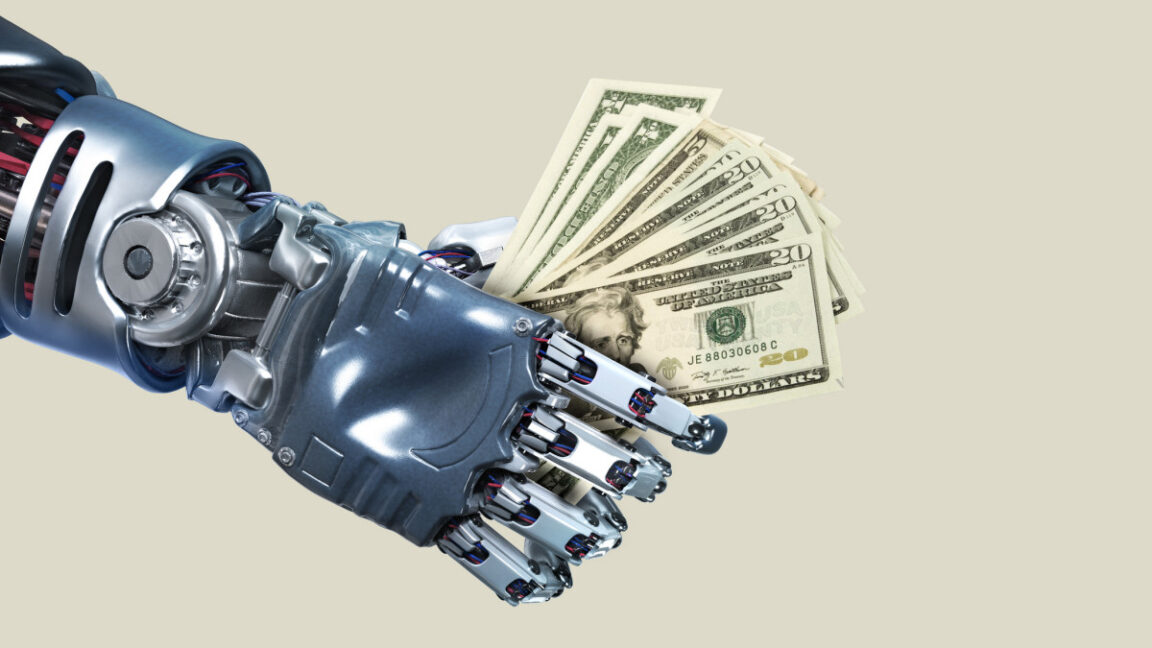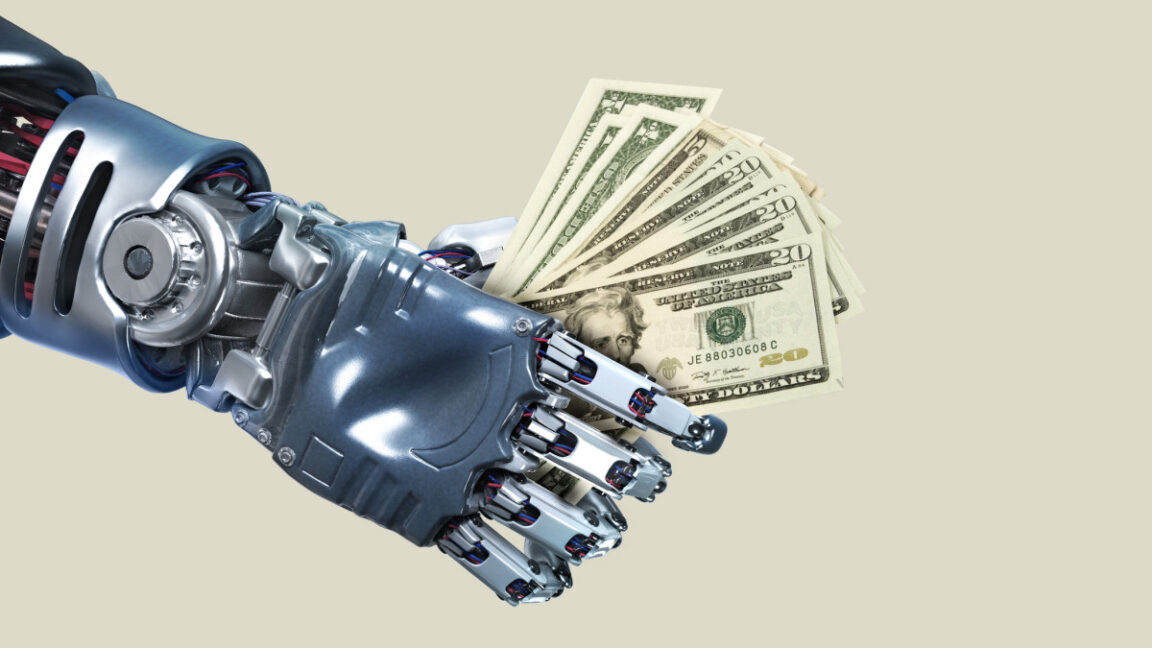The AI Salary Surge: A Financial Leap Beyond the Space and Atom Eras

In recent developments, Silicon Valley's fierce pursuit of artificial intelligence talent has led to compensation figures that eclipse even the grandest scientific projects of the 20th century. Take for instance, Matt Deitke, a standout AI researcher, who was extended a staggering offer of $250 million over four years by Meta, which translates to an astonishing average annual salary of $62.5 million. Compare this with the relatively moderate earnings from the iconic projects of the Manhattan Project and the Space Race, and the financial disparity becomes clear.
Deitke's journey from leading AI developments at the Allen Institute to co-founding the startup Vercept made him a prime candidate for Meta's ambitious projects. This offer from Meta is a testament to the high stakes involved in the contemporary race to create artificial general intelligence (AGI) or superintelligence, a field attracting major players like Meta, Google, and OpenAI.
Historically, the compensation of scientific minds during landmark projects was much less extravagant. J. Robert Oppenheimer, for example, earned about $190,865 in today's terms during the Manhattan Project, a stark contrast to the 327-fold increase that Deitke’s remuneration represents.
The modern AI race shares similarities with past eras but dwarfs prior figures in compensation. Where Steph Curry's contract with the Golden State Warriors falls short of Deitke's deal by $35 million, Meta illustrates the NBA-scale dynamics of talent wars, only with AI researchers at the forefront, earning even more.
According to executives like Mark Zuckerberg, who are at the helm of these tech behemoths, investing billions on AI personnel is strategic. The development of superintelligence is poised to redefine societal functions, making the role of AI researchers invaluable. As companies scramble to secure top minds, packages exceeding even grand historic compensations are becoming the norm.
Looking further back, when Thomas Watson Sr. was building IBM, his top salary in today’s terms amounted to a fraction of what current AI researchers like Deitke are earning. Moreover, unprecedented collaboration disruptions are evident, such as at Bell Labs where groundbreaking work was conducted on standard scientist salaries.
Even during the Apollo era, salaries were piecemeal in comparison. Neil Armstrong’s pay came to what would now be about $244,639 annually, nowhere near what current AI researchers would earn in just a few days. Such comparisons emphasize the unique economic reality faced by today's tech industry when compared to historic milestones.
The AI sector’s current compensation strategies reflect a shift unmatched by any other industry historical precedent. This inflation in salary is primarily attributed to limited availability of skilled researchers and the escalating drive to remain at the cutting edge of AI technologies. High competition driven by potential trillion-dollar market dominance continues to spur record-breaking salary offerings.
However, this isn't just about higher salaries; these AI researchers receive unparalleled resources, including tens of thousands of GPUs for their projects, illustrating the trials of present-day tech arms races compared to the finite goals of past scientific pursuits.
The transformation in salary scales and resources for AI talent signifies a shift in technological focus, underscoring the urgency tech giants place on securing a stake in the future of intelligence technology. With the stakes higher than ever, industry leaders recognize the need to invest heavily in human capital.



